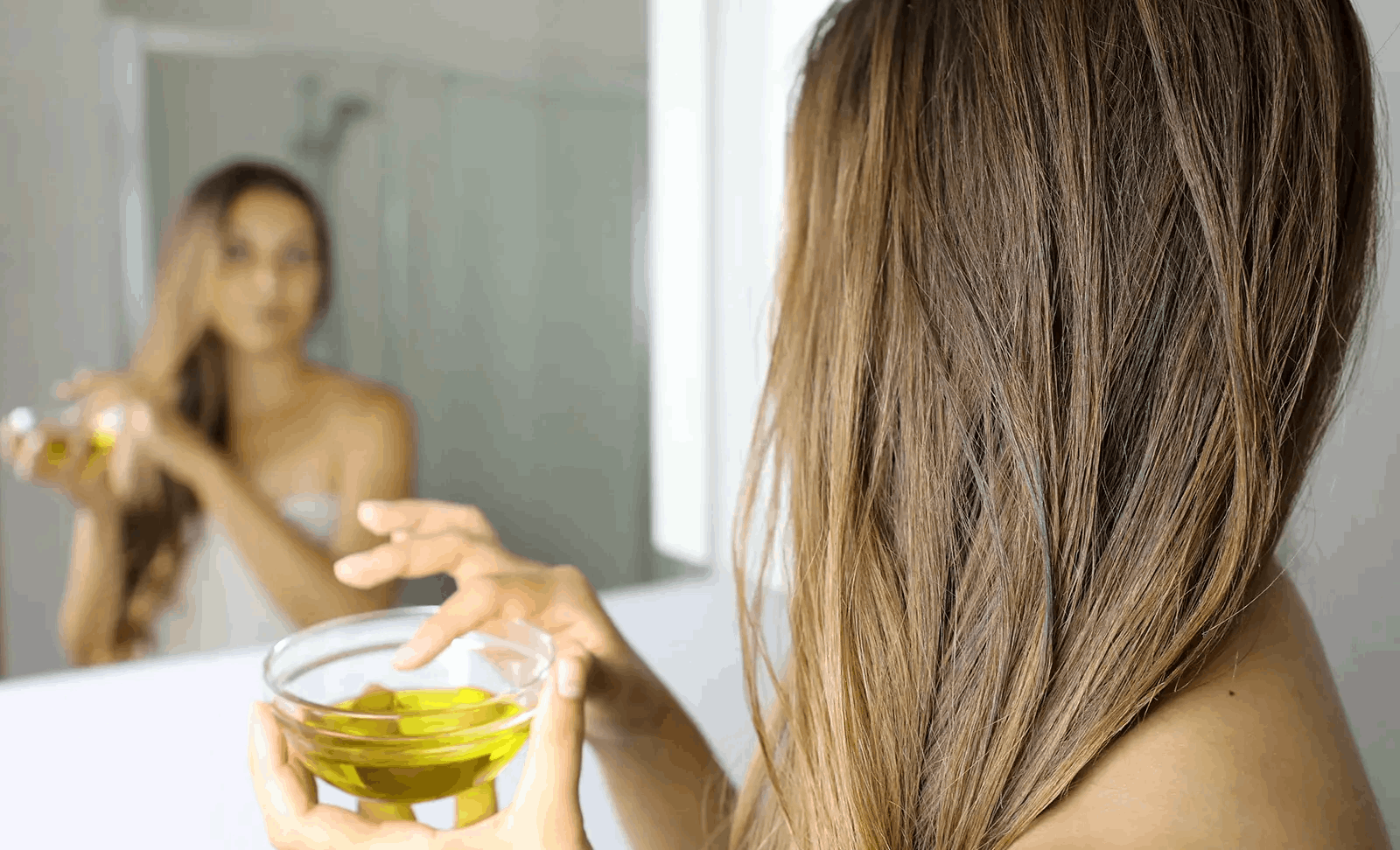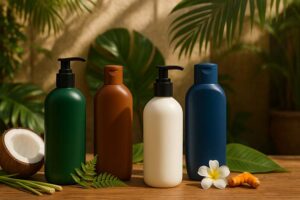Top Hair Oil Tips for Shine, Frizz Control & Growth

Summary
Hair oil is a versatile hair-care elixir that, when applied correctly, smooths the hair cuticle, reduces frizz, locks in moisture, and enhances shine, according to cosmetic experts and beauty editors . In the Philippines, traditional ingredients like coconut oil (buco) and pili oil, sourced from volcanic soils, have long been celebrated for their nourishing properties and are integral to local beauty rituals .
What Is Hair Oil?
Hair oil refers to lightweight formulations combining natural oils—such as argan, coconut, and jojoba—with silicones and other emollients to deliver deep conditioning without greasiness . Despite the name, many modern hair oil products contain silicones and mineral oils (known as siloxanes and hydrocarbons) to protect against heat damage and improve spreadability. Traditional oils, by contrast, rely primarily on plant-derived lipids to nourish the hair shaft.
Benefits of Hair Oil
Hydration and Moisture
Hair oils help seal moisture into the hair shaft, preventing protein loss and maintaining hair elasticity. Coconut oil, rich in medium-chain fatty acids like lauric acid, is especially effective at penetrating the hair cortex and reducing protein loss during washing. Products combining humectant-rich ingredients like honey and squalane draw and retain water, offering intensive hydration for dry or damaged strands.
Shine and Gloss
A few drops of hair oil can transform dull hair into glossy, radiant locks. Editor-tested formulas contain argan oil, squalane, and castor oil to impart reflective shine without weighing strands down . Proprietary blends—such as Oribe’s Signature Complex of watermelon and edelweiss extracts—enhance vibrancy and color longevity .
Frizz Control and Heat Protection
Hair oils smooth the cuticle, reducing friction and frizz caused by humidity and mechanical styling . Many formulations double as heat protectants, forming a barrier that shields against temperatures up to 450°F, thanks to silicone additives. This makes hair oil an essential pre-styling step for frequent heat-tool users.
Scalp Health and Strength
When applied at the roots, certain hair oils nourish the scalp and promote follicle health. Oils rich in antioxidants—like marula and camellia—support scalp barrier function, reducing inflammation and preventing breakage . Regular scalp massage with hair oil can improve circulation and encourage stronger, thicker hair growth.
Types of Hair Oils
Coconut Oil: A traditional favorite in tropical regions, coconut oil penetrates deeply to moisturize and protect against protein loss . It can be used as a pre-wash treatment or a leave-in gloss.
Argan Oil: Extracted from Moroccan argan kernels, it delivers antioxidant-rich hydration and UV protection.
Jojoba Oil: Closely mimics sebum, making it ideal for balancing oily scalps while adding softness.
Castor Oil: High in ricinoleic acid, castor oil promotes hair density and scalp health.
Squalane: A lightweight emollient derived from olives, offering non-greasy moisturization.
Marula Oil: Packed with vitamin E, it boosts shine and helps thicken fine hair .
Pili Oil: Sourced from the Philippines’ volcanic soils, pili oil is prized for anti-hair fall and anti-inflammatory benefits .
How to Choose the Right Hair Oil
When selecting a hair oil, focus on your hair goals rather than hair type alone. If shine and softness are top priorities, emollients like olive, carrot, and jojoba oils are ideal . For heat protection, choose silicone-infused formulas; silicones form a barrier against high temperatures but require regular cleansing to prevent buildup . Those with coarse or textured hair may benefit from pure plant oils, while fine-haired individuals should seek lightweight oils with a fast-absorbing profile.
How to Apply Hair Oil
Pre-Wash Treatment: Apply generously to dry hair, leave on for 30 minutes to overnight, then shampoo. This emollient coating seals the cuticle and traps moisture .
Post-Wash Leave-In: Distribute a few drops from mid-lengths to ends on damp hair to lock in hydration and aid in heat styling.
Finishing Gloss: On dry hair, apply minimal oil to the surface for smooth, frizz-free finishing and added shine.
Traditional Hair Oil Practices in the Philippines
Filipino beauty rituals have long embraced natural oils. Coconut, or “buco,” oil is applied via the tender “tubo” portion of the coconut to take advantage of its solidified, nutrient-rich form. Gugo bark—used as a natural shampoo—is valued for its cleansing yet non-stripping properties and is sometimes infused into oils for scalp treatments . Pili oil, sourced from the nuts of the indigenous Daniellia tree, has earned acclaim for its anti-hair fall and scalp-soothing effects
Try Xiangxiang Daily Now!
We Help You Launch New Products, And Continue To Grow. Try Us With 20% Off Your First Order!
About Xiangxiang Daily
Xiangxiang Daily stands at the forefront of hair oil innovation as a B2B manufacturer with an ISO-certified production facility. Our commitment to excellence is demonstrated by over 5,000 unique formulations and a dedication to natural, sustainably sourced ingredients. Partnering with more than 3,000 leading brands globally, we tailor bespoke hair oil solutions that meet stringent quality and regulatory standards.
Our customers benefit from turnkey services—from R&D and pilot-scale trials to full-scale production and private labeling. We welcome inquiries from salons, distributors, and beauty brands in the Philippines and beyond. Contact us today to design your custom hair oil, leveraging our expertise and extensive ingredient portfolio.
Q&A
What type of oil is best for hair?
For shine and moisture, argan and jojoba oils are top picks. For structural repair and heat protection, silicone-infused formulas are recommended, while pure plant oils suit thick, coily hair .
What do Filipinos use for hair?
Coconut (buco) oil and pili oil are traditional favorites. Gugo bark-infused treatments are also popular for natural cleansing without stripping moisture.
What is the purpose of hair oil?
Hair oil smooths the cuticle, reduces frizz, adds shine, locks in moisture, and can protect against heat and environmental stressors .
Should I oil my hair every day?
Daily oiling can be beneficial for dry or textured hair, but fine or oily scalps may require only 1–3 treatments per week to avoid buildup. Always tailor frequency to your hair’s needs.
Table of Contents
Latest Blog Posts
Check out the latest industry trends and take inspiration from our updated blogs, giving you a fresh insight to help boost your business.



